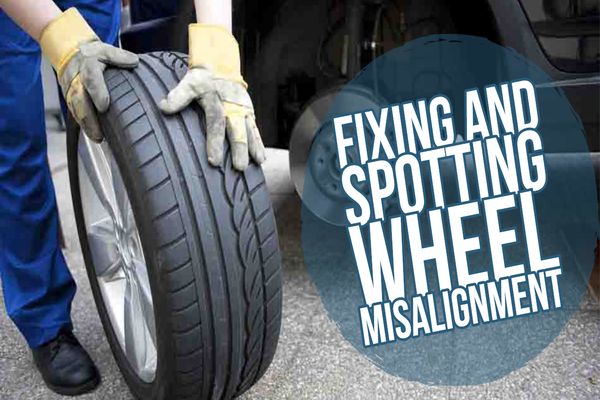This post contains affiliate links.
Wear and tear can wreak havoc on Power Wheels tires, and there is usually nothing that you can do to prevent it. Plastic will deteriorate over time when exposed to the elements. Power Wheels tires are typically made of thick plastic and can take quite the beating, so instead of worrying about buying a new set of tires each time, you can learn how to fix power wheels tires yourself.
There are many ways that you can repair a Power Wheels tire when it becomes cracked or gets holes in it, such as:
Depending on how bad the damage is, however, you may need to replace the Power Wheels tire.
Finding cracks and holes in your child's Power Wheel can be a little frustrating, especially when you factor in how much the toy cost. Thankfully there are ways to try to repair the tire before needing to replace it. Read on to find out exactly how you can repair your child's Power Wheel tires.
There are a few ways to fix your child's Power Wheels tires when they start to show signs of wear and tear. They are fairly inexpensive and easy to take on by yourself. Let's look at the different methods to repair the plastic wheels of the toy.
You can use a plastic bonder to fill in the cracks that may form on the tires. The bonder comes in two separate tubes that, when mixed, start to set in just 15 minutes, so you will want to work quickly. It takes 30 hours to cure, so your child will need to stay off the Power Wheels for that time.
This bonder is very strong and dries black, which is the color of almost every Power Wheels tire on the market. It is very easy to use with cracks in tires as it can drip down into every crack easily. Because it is extremely strong, it will not fall off or allow the tire to crack further.
It is very easy to use with cracks in tires as it can drip down into every crack easily. Because it is extremely strong, it will not fall off or allow the tire to crack further.
PlasticWeld is a mixable epoxy putty type of sealant that will form a very strong bond after being mixed. To use the putty to seal the cracks, you simply:
The putty can be used in many ways to fix tons of different plastic items around your house. It is a good idea to use gloves when mixing the putty and a mask if you plan to sand the putty.
The best thing to buy when needing to repair plastic wheels will be something that can fill the cracks. Don't just try to glue the cracks back together.
Don't just try to glue the cracks back together.
It is very easy to fix Power Wheels tires, but over time depending on the terrain and climate, they will need to be replaced. When you replace Power Wheels tires, upgrade them to rubber, which will last much longer than the stock plastic.
The rubber tires are still very affordable, yet the rubber will last longer. There are also many great benefits to trading the plastic Power Wheels tires in for rubber tires such as they:
If you have already filled in the cracks on your plastic tires with the methods above and more cracks have formed, it may be time to upgrade. You can find Power Wheel tires here. If you don't want to fully upgrade your tires, you can try a simple DIY hack.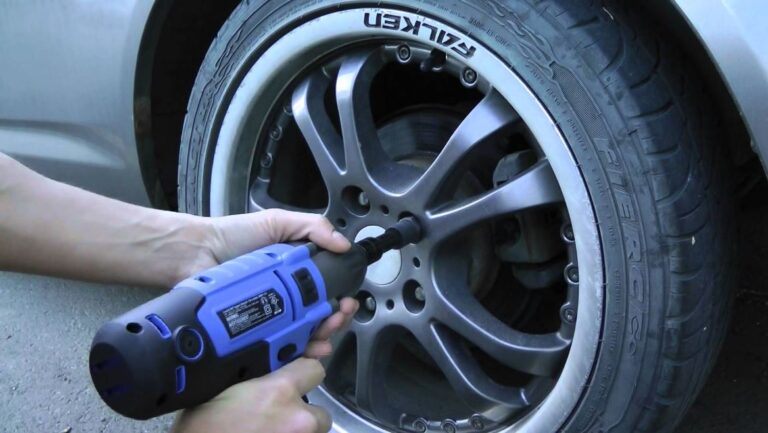
If the Power Wheels wheel well/inner fender allows enough space, you can buy something like a Skid Surf. This can be attached using the sealants mentioned above, and it will help to hold the plastic tire together. It will also help create a better-looking surface that is more durable.
Repairing your child's Power Wheel tires does not take much time and effort. Your child will never know the difference, and it won't cost a lot of money.
If the stock tires continue to break or are beyond repair, you can easily find replacement Power Wheels tires online that are made of either plastic or rubber for a very low price.
Has one of your kid’s power wheels’ plastic tires cracked? Well, if it has, then you’re not alone; most parents have to deal with this issue at some point and some of them end up replacing the tires.
Fortunately, it is possible to repair a cracked power wheel tire in under one hour instead of buying a replacement tire. The best method for fishing a cracked power wheel tire is using fiberglass kits or duct tape.
The best method for fishing a cracked power wheel tire is using fiberglass kits or duct tape.
Table of Contents
1
How to Repair a Cracked Power Wheel TireAll-new power wheels come with plastic tires designed to tackle a wide range of driving conditions while supporting the driver’s weight.
Unfortunately, these plastic tires are not durable, and since they spin a lot on snow, mud, and grass, they tend to wear down at a very fast rate. With no traction to help the car tackle smooth surfaces, the rate of wearing down increases, and this might result in tire cracking.
Our kids are rough drivers, and the fact that they love trying new routes with their toy cars can result in accidents that can end up cracking one of the tires.
And since riding a toy car with a cracked tire is dangerous, you may need to either replace it or repair it. Unfortunately, replacing all the wheels can be quite costly.
Therefore, you need to repair the crack as soon as it appears to prevent it from growing. And if the tire has lost traction, you need to fix the crack before improving its traction. Luckily, there are a few straightforward methods you can use to repair cracked wheels.
To fix a cracked power wheels tire, you should do the following:
Step 1: Remove the Cracked TireStart by placing the toy car in your workstation and elevate it so as to easily access the four wheels. Make sure the car is steady before proceeding. Alternatively, you can use a mini jerk and elevate the damaged tire.
Once the car is elevated, you can remove the retainer cap on the cracked tire. Slip your flat-edged screwdriver between the retainer cap and the hubcap to lift and remove it.
Some retainer caps are hard to remove, so you should be very patient when removing the retainer cap.
Once the retainer cap, you can loosen the retainer nut using a screwdriver and then remove it.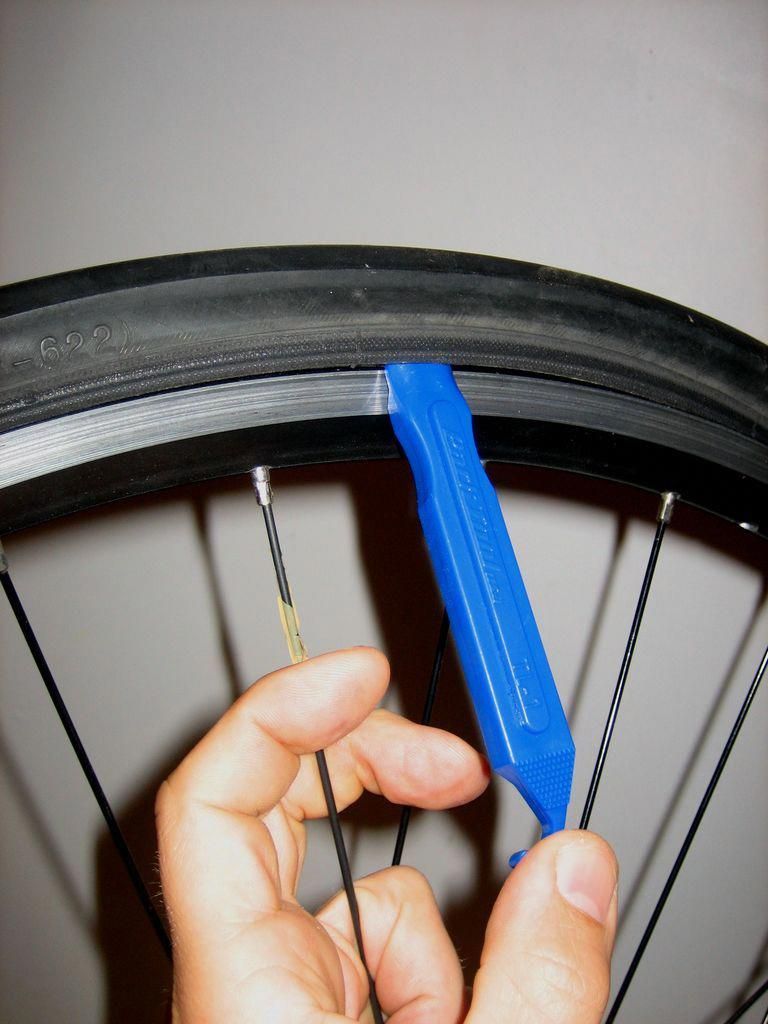 If any of the tires have lost traction, this may be the right time to improve their traction while repairing the cracked tire.
If any of the tires have lost traction, this may be the right time to improve their traction while repairing the cracked tire.
Make sure you wash the axle of the cracked tire using soap and water or wipe it using a wet cloth.
Step 2: Clean the Cracked TireAfter removing the tire, you can first wash it and remove all the soil or dirt particles in the tire’s nooks and crannies. Next, wash the tire using water and soap in a huge basin.
The dish soap will help remove dirt on the wheel. Next, you can reach the grooves using a toothbrush and ensure that it’s clean before you start repairing it.
Let the tire air dry on a clean surface before removing the remaining grime and oil using rubbing alcohol.
Step 3: Repair the Cracked TireIf the tire also had less traction, you should first sand down the tire to create an adhesive surface before washing the tire. Then, fixing the crack will make it possible for the traction coating that you will apply to serve your kid for a very long time.
Luckily, there are a few methods for fixing a cracked tire that can leave your kid’s power wheels tire as good as new. And the most popular methods for dealing with a cracked tire are fiberglass kits or duct tape.
You can also apply strong super glue on the crack and let it dry before sanding it down, and the tire will be back to normal. With duct tape, you have to be very careful not to apply too many layers as they will affect the tire’s shape.
The fiberglass kit is the best option for fixing cracks since it comes with instructions on applying it.
Apply the fiberglass kit as per the manufacturer’s instructions, and then let it settle. After it has dried, you can add a rubber sealant to the tire to help improve traction. The best rubber sealant for the job is the Flex Seal Spray.
Step 4: Reinstall the Repaired TireAfter the glue has dried and the crack is sealed, you can attach it to the car’s axle and tighten the retainer nut before reinstalling the retainer cap.
Next, remove the jerk or lower the car to the ground and make sure the tire is not wobbling when the car is driven. It would help if you can ask your kid to drive the car and then look at the tire to confirm if it’s in excellent condition and not wobbling.
If the tire is wobbling, then you will have to remove it and then install it correctly.
Are the Tires Interchangeable?If the crack is too big, then you may need to replace it. And if that is the case, then I am sure you’re wondering if the tires are interchangeable, especially since you already have a broken-down power wheel in your garage.
Well, the answer is no; power wheels make unique tires for each toy car. Therefore, if it’s not the same model, you may have to purchase an entire set of tires.
Installing a tire meant for another power wheel model can affect the toy car’s performance. Luckily, power wheels have replacement tires for each model. You can also choose to replace the plastic tires with more durable rubber tires.
The plastic tires that come with power wheels are not durable; therefore, they can wear down faster, and in the worst-case scenario, they can crack. So instead of purchasing a new tire because of a small crack, you can repair the crack using duct tape or a fiberglass kit.
Repairing the cracked tire is quite easy, and you don’t have to take the toy car to the garage every time it gets damaged. But make sure you reinstall it correctly after repairing it.
Another season of changing shoes is approaching. And you may remember that on one of the tires after the last winter/summer there is a jamb - a small bump. I don’t want to run to the store for the sake of one new tire. We understand. Or maybe it looks even better if repaired?
Yes, not every wheel that has met with a nail, rebar sticking out of the ground or a sharp stone on the road is considered damaged.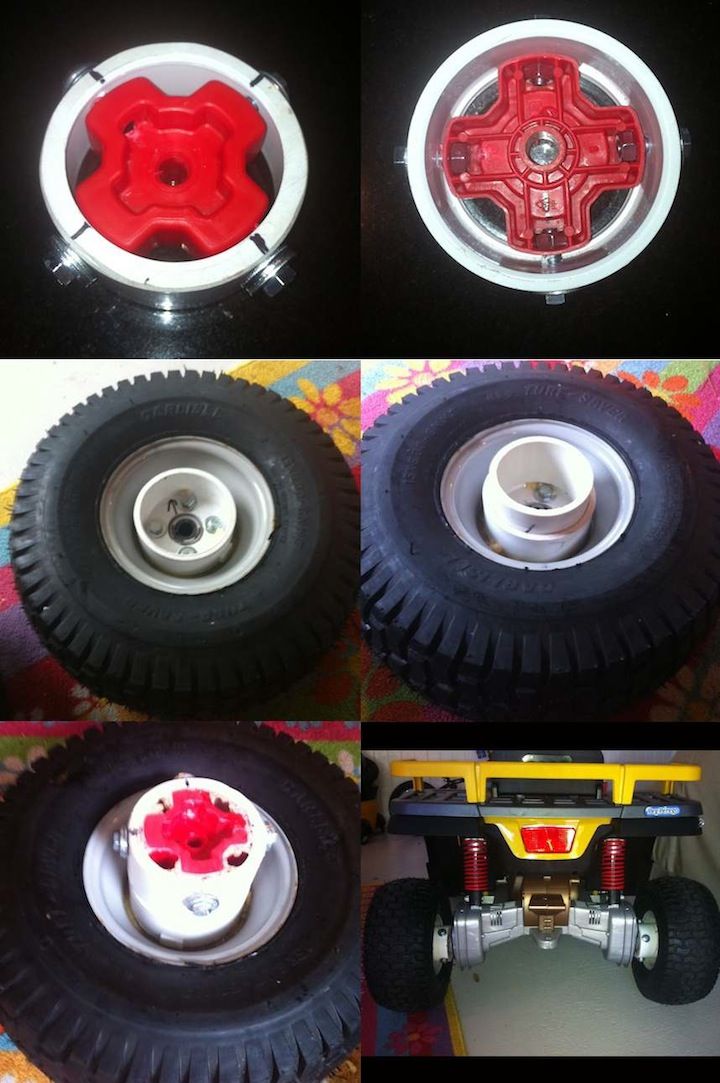 Everything, of course, depends on the scale of the damage and its location on the tire itself. Some are easily repaired, while others are simply impossible to do - the tire can only be sent to the trash.
Everything, of course, depends on the scale of the damage and its location on the tire itself. Some are easily repaired, while others are simply impossible to do - the tire can only be sent to the trash.
A bulge on a wheel, referred to by drivers as a bump or bulge, is the most common tire sidewall defect. It appears due to a collision with an obstacle or after falling into a pit, more often at high speed. The threads of the sidewall carcass are easily damaged by impact, and the tire at this point can no longer hold the load and air pressure - swelling appears. A small bump sooner or later turns into a big one, and driving with such a defect is dangerous - the wheel can shoot at any moment. At high speed, this is fraught with loss of control, departure from the road and a rollover.
The quality of roads in Kazakhstan contributes to the appearance of bulges on tires
Some types of bulges are repairable, although this is a temporary measure. Not a single patch can restore the factory rigidity. Ideally, change the tire.
Not a single patch can restore the factory rigidity. Ideally, change the tire.
Special cord patches can extend the life of a tire with a herniation, even if the swelling has appeared on the tread. The sidewall is a different story. If the swelling appeared at a distance of more than 40 mm from the side, it can be repaired. If not, then the wheel needs to be replaced. Blisters on low profile tires are most often non-repairable.
For maximum safety when riding with a repaired bump, insert the tube. This is an inexpensive and reliable solution. On our market, you can find cameras made in China and Russia, the latter are slightly more expensive, but also of better quality.
The elimination of a side cut is a serious operation, therefore, as in the case of a bump, you will have to go to the professionals. We need cord patches, fortunately in our time they are of different sizes and with a different number of layers. And if you do it wisely, then you can't do without special tools and vulcanization.
A cut, by the way, cannot be healed in all cases. If the gap is in the shoulder area of the tire, it is unlikely that anyone will undertake to repair it, since no guarantees can be given here. However, our Kulibins take on even the most difficult cases, cutting out parts of the sidewalls from the tires and even weaving the cord on their own.
Tire overhaul. We would not put such a wheel on ourselves
Low profile tires can be repaired, but more difficult. A tear in the sidewall is easier to seal on tires with a medium or high profile.
Sometimes a cut is confused with a pluck. This is when the outer layer of the sidewall caught on something sharp, a tear formed, but the frame itself remained intact. There is nothing wrong with that, although the drivers at the tire fitting company successfully repair the cut, for which they take it accordingly.
If a piece of rubber remains on the sidewall, then glue it with ordinary superglue (101st).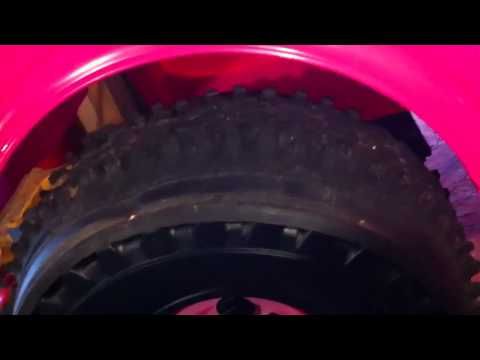 If it came off, then it is better to cover it with raw rubber and vulcanize. Leaving the pluck bare is not recommended, because the tire carcass, often consisting of a metal cord, will quickly corrode.
If it came off, then it is better to cover it with raw rubber and vulcanize. Leaving the pluck bare is not recommended, because the tire carcass, often consisting of a metal cord, will quickly corrode.
In Europe, defective or used tires are perforated before being sent for scrap to prevent their resale and possible operation. But they don’t know that we have such holes on the sidewall patched once or twice
Cuts and hernias are not the only possible damage to the side of the tire. You can also spoil the side ring, in the process of changing shoes, for example. If it’s for garlic, then such a tire is already dangerous. Sooner or later, the tire pressure and the load in motion will start to squeeze the rubber off the rim - a wheel explosion can occur.
This ailment is repaired if the wire ring - the base - is intact. There are no special technologies and materials to correct this particular problem, but most often craftsmen use a two-component composition for chemical (also called cold) vulcanization. After mixing, the mass is pressed into a fat-free damage. Compound manufacturers recommend waiting 72 hours before mounting a tire. Of course, our masters do not pay attention to this condition - they put the tire right away. And it’s good if the wheel is flat because of this at night in the parking lot, and not on the road.
After mixing, the mass is pressed into a fat-free damage. Compound manufacturers recommend waiting 72 hours before mounting a tire. Of course, our masters do not pay attention to this condition - they put the tire right away. And it’s good if the wheel is flat because of this at night in the parking lot, and not on the road.
If the side ring tears are barely noticeable, but the wheel still deflates, then you can use a special liquid - a bead seal designed to seal a tubeless tire.
These seals have been used in motorsport for some time. In particular, in the American Formula D Drift Series, drivers used compounds to keep the tire on the rim even with minimal tire pressure. Now they are banned.
Pay attention to the left rear wheel of the Nissan Silvia S13. Due to too low pressure, it was literally taken off the disk under load
Every schoolchild has faced this problem when patching the inner tube of his bike after hitting something sharp.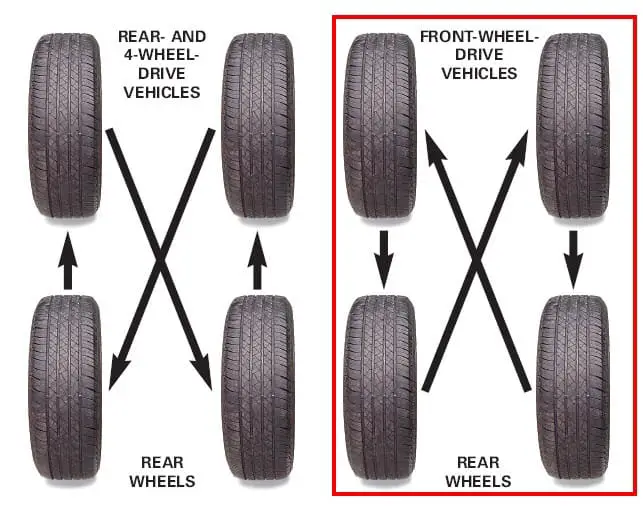 Repairing a car tire puncture with your own hands will also not be difficult even on the road. But for this you will need a pump (or compressor) and a universal tire repair kit with harnesses. All this is sold at any car market or gas station.
Repairing a car tire puncture with your own hands will also not be difficult even on the road. But for this you will need a pump (or compressor) and a universal tire repair kit with harnesses. All this is sold at any car market or gas station.
Repairing a tire on the side of the road with harnesses
The process is simple. If we are talking about the front wheels, then in most cases the wheel can not even be removed, it is enough to turn the steering wheel in the right direction, find the puncture site and carry out repairs. First, the hole is cleaned with a helical awl from the set. The tourniquet itself is smeared with glue and tucked into the eye of the awl, after which it is inserted into the tire hole. With a sharp movement, the tool is removed, and the tourniquet remains in place and clogs the hole. The tails are cut with a knife, but not at the root, it is recommended to leave about 20 mm. The tire is inflated and checked.
Sometimes a nail or self-tapping screw clogs the hole by itself, remaining in it. If you see a hat in a tread, do not rush to pull it out. While the pressure is holding, move to vulcanize. And sometimes they drive with a screw in a tire for weeks.
If you see a hat in a tread, do not rush to pull it out. While the pressure is holding, move to vulcanize. And sometimes they drive with a screw in a tire for weeks.
Repair of a puncture at a tire shop
Punctures are also repaired with harnesses at a specialized service, although among professionals such repairs are not considered long-term. After a few months, the flagella dry out and can let air through. There are more advanced methods like cold and hot vulcanization. The latter is more reliable. In this case, the hole is sealed with an elastic patch, and the funnel from a foreign object is filled with a special compound. After that, a vulcanizer is put on the tire, it heats up the rubber and solders it.
In addition to the plaster, the puncture is also repaired with special cord fungi. Craftsmen process the puncture site: drill it and treat the surface with a tool to roughen it. Then the repair area is lubricated with glue (it is also called cement) and a fungus is introduced. This is done from the inside of the tire. The cap of the fungus is rolled, and the excess legs are simply cut off from the outside.
This is done from the inside of the tire. The cap of the fungus is rolled, and the excess legs are simply cut off from the outside.
Puncture repair with sealant
With the advent of tubeless wheels, and later run flat tires, many automakers began to abandon spare wheels. Instead, repair kits with compressors are supplied with the machines. A repair kit is essentially a bottle of pressurized sealant. Later, such spray cans began to appear on the shelves of ordinary car dealerships.
This method has not taken root in the CIS, because the condition of the roads makes it necessary to have at least a stowaway in the kit, but it can also be considered as a method of repair on the road.
The car must be jacked up and sealant must be pumped into the damaged wheel through the nipple. Next, you should spin the wheel, then pump it up, lower the car and drive a few hundred meters.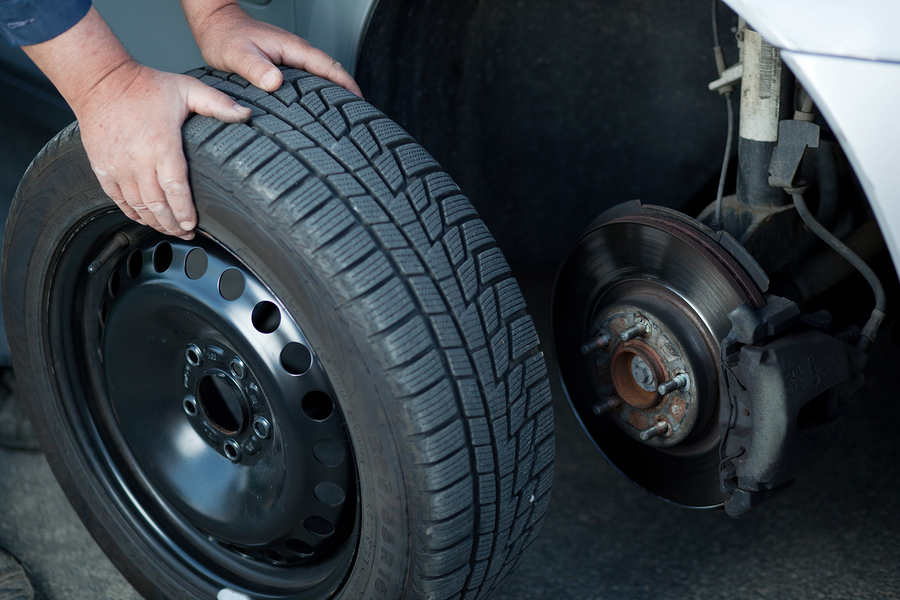 If the tire tightness has not been restored, repeat the procedure.
If the tire tightness has not been restored, repeat the procedure.
For commercial vehicles, cutting the tread with a special device (regrower) is a common thing. Moreover, such tire retreading is provided by the factory (marked REGROOVABLE on the sidewall) to increase the service life. But there are entrepreneurs who undertake to deepen the grooves in tires for passenger cars. But they are not intended for such an operation. Often used tires for sale are “refreshed” in this way. Be careful!
What is the threat?
The worst option is that the retreaded tire will shoot out on the road, as the master can damage the undertread layer when deepening the grooves. Such a tire will not be able to hold pressure at some point. There will be a boom! At best, the tire will indeed last a little longer, but is the game worth the candle? We think it's not worth it.
How is cutting done?
A regrower is used to cut the tread.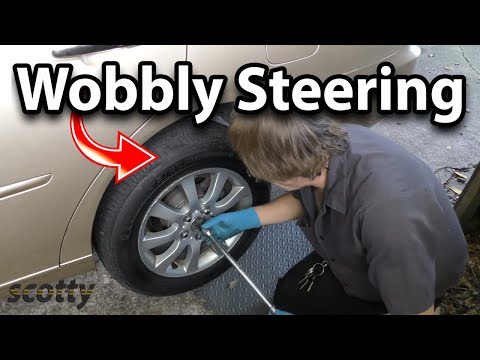 Roughly speaking, this is a large soldering iron with interchangeable tips of various shapes. It goes through rubber like a knife through butter.
Roughly speaking, this is a large soldering iron with interchangeable tips of various shapes. It goes through rubber like a knife through butter.
If the tire is for passenger cars, then it is worth taking on a regrower only in one case - when part of the tread pattern was welded with "new" rubber during repair. This is where threading comes in handy in order to restore the grooves and symmetry of the tread.
Vehicle operation is prohibited if:
- tires have a residual tread height of less than 1.6 mm;
- tires have punctures, cuts, ruptures that expose the cord, as well as delamination of the carcass, delamination of the tread and sidewall;
- tires in size or load capacity do not match the car model;
- tires of various sizes, designs (radial, diagonal, chamber, tubeless), models, with different tread patterns, winter and summer, studded and non-studded, new and restored, are installed on one axle of the car;
- Tires retreaded according to the second repair class are installed on the front axle.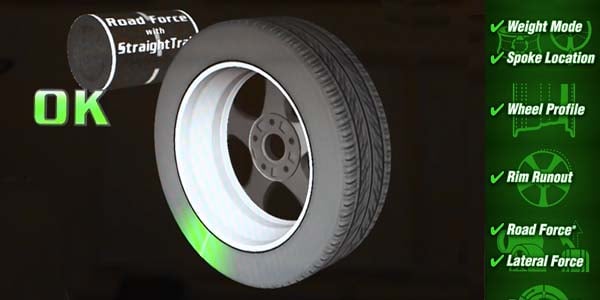
What is a second class repair?
This is the case when the carcass of the tire is restored after serious damage. A side cut (or tear) is a serious damage to the tire carcass.
KrasnodarArmavirGelendzhikTuapseSochiNovorossiyskBelorechenskMaikopRostov-on-DonSimferopolStavropolAstrakhanst. Kanevskaya station Vyselkist Dinskaya Volgograd Voronezh
TSC No. 13 pos. Verkhnebakansky, st. Bakanskaya, 8A
+7 (928) 331-07-76
Around the clock
TSC No. 29, Volgograd, 30th Anniversary of Victory Blvd., 9
+7 (937) 088-44-27
Mon-Fri from 09.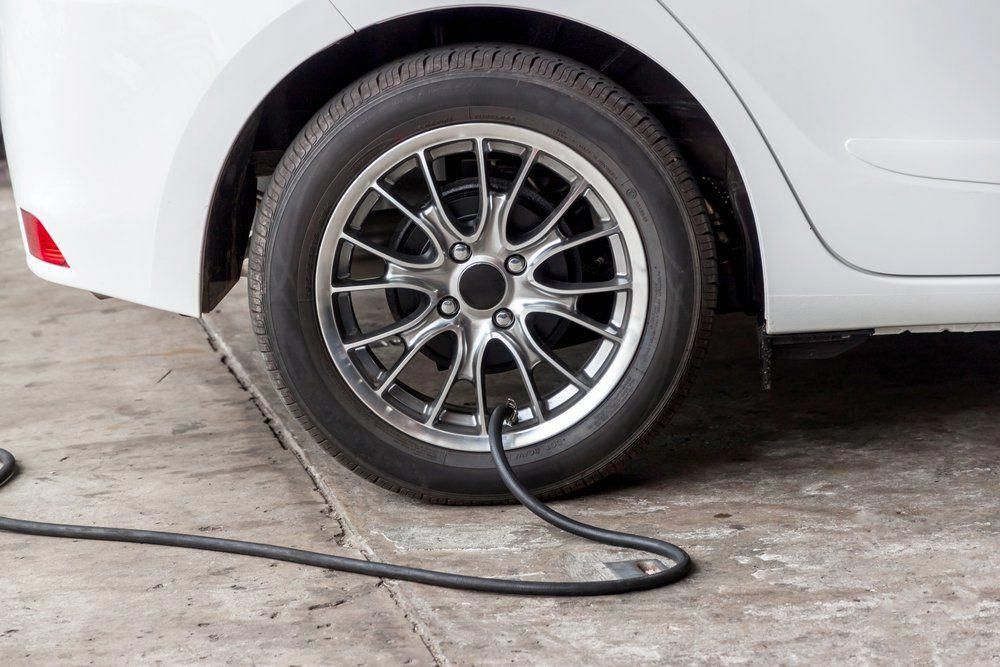 00 to 20.00, Sat from 9.00 to 19.00, Sun from 10.00 to 18.00
00 to 20.00, Sat from 9.00 to 19.00, Sun from 10.00 to 18.00
TSC No. 28, Rostov-on-Don, st. Dovatora, 159
+ 7 (988) 997-61-11
Mon-Fri from 09.00 to 20.00, Sat from 9.00 to 19.00, Sun from 10.00 to 18.00
TSC No. 18, Krasnodar, Berezovy village, Karl Gusnik st., 17
+ 7 (938) 538-53-11
Mon-Fri 9:00 - 20:00; Sat 9:00 - 19:00; Sun 10:00 - 18:00
TSC No. 27, Sochi, Batumi Highway 94/20
+7 (928) 272-72-55
Mon-Fri from 09.00 to 20.00, Sat from 9.00 to 19.00, Sun from 10.00 to 18.00
TSC-26 Voronezh, st. Volgogradskaya 30
+7 (930) 406-78-84
Mon-Fri from 9.00 to 18.00
TSC No. 25, Volgograd, Bureyskaya st., 8
8 (937) 088-42-78
Mon-Fri from 9. 00 to 18.00
00 to 18.00
TSC No. 22, Stavropol, ave. Kulakova, 18
+7 (938) 517-77-03
Mon-Fri from 9.00 to 18.00
TSC №21 Armavir, Efremova 319
+7 (918) 322-76-38
Mon-Fri from 09.00 to 20.00, Sat from 9.00 to 19.00, Sun from 10.00 to 18.00
TSC No. 19, Krasnodar, st. Selezneva 197/5
+7 (989) 169-34-16
Mon-Fri 9:00 - 20:00; Sat 9:00 - 19:00; Sun 10:00 - 18:00
TSC No. 17 Astrakhan, 1st passage Rozhdestvensky 11a
+7 (988) 172-66-88
Mon-Fri from 9.00 to 18.00 Sat-Sun day off
TSC No. 16, Rostov-on-Don, st. Dovatora, 154/5
+7 (989) 527-11-86
Mon-Fri from 9.00 to 18.00 Sat-Sun day off
TSC No. 15 st. Vyselki st. Luneva, 29a
15 st. Vyselki st. Luneva, 29a
+7 (918) 199-67-89
Mon-Fri from 9.00 to 18.00, Sat from 10.00 to 15.00, Sun from 10.00 to 15.00
TSC No. 14 Crimea, Simferopol, 11 km. Moscow highway
+7 (938) 517-77-82
Mon-Fri from 9.00 to 18.00 Sat, from 10.00 to 15.00, Sun closed
TSC No. 12, Gelendzhik, st. Lunacharskogo, 310A
+7 (918) 027-88-99
Mon-Fri from 09.00 to 20.00, Sat from 9.00 to 19.00, Sun from 10.00 to 18.00
TSC No. 11 st. Kanevskaya, st. Sverdlikova, 277d
+7 (988) 312-97-70
Mon-Fri from 09.00 to 20.00, Sat from 9.00 to 19.00, Sun from 10.00 to 18.00
TSC No. 10, Krasnodar, st. Russian, 339
+7 (989) 298-90-17
Mon-Fri 9:00 - 20:00; Sat 9:00 - 19:00; Sun 10:00 - 18:00
TSC No. 9, Tuapse, p. Kroyanskoe, st. Solnechnaya, 1B
9, Tuapse, p. Kroyanskoe, st. Solnechnaya, 1B
+7 (918) 060-47-17
Mon-Fri 9:00 - 20:00; Sat 9:00 - 19:00; Sun 10:00 - 18:00
TSC No. 8, Krasnodar, st. Stavropolskaya, 214/5
+7 (918) 060-47-08
Mon-Fri 9:00 - 20:00; Sat 9:00 - 19:00; Sun 10:00 - 18:00
TSC No. 7, Krasnodar, st. Dinskaya, Federal highway M4 1308 km, 3
+7 (918) 060-47-07
Around the clock
TSC No. 6, Belorechensk, st. May Day, 122
+7 (988) 369-96-37
Mon-Fri from 09.00 to 20.00, Sat from 9.00 to 19.00, Sun from 10.00 to 18.00
TSC No. 5 Maykop, st. Hakurate, 555
+7 (918) 060-47-05
Mon-Fri 9:00 - 20:00; Sat 9:00 - 19:00; Sun 10:00 - 18:00
TSC No.